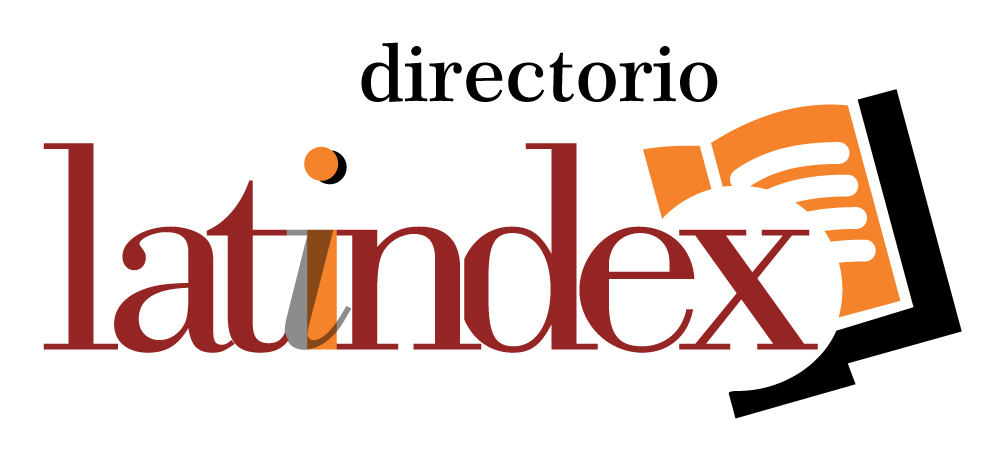Fuentes del Islam: ¿Igualdad de géneros o supremacía masculina?
Resumen
Este artículo pretende revisar algunas de las suras más debatidas en torno a la situación de la mujer en el Islam y demostrar que en las fuentes mismas existe un mensaje de igualdad que ha sido obscurecido por la exégesis. Asimismo, se darán a conocer algunas propuestas del feminismo islámico en torno al debate de la igualdad de géneros en el Islam.
Abstract
This article reviews some of the most debated suras concerning the status of women in Islam and demonstrates that the sources themselves convey a message of equality that has been obscured by exegesis. It also discusses some proposals of Islamic feminism debate about gender equality in Islam.
Palabras clave
Texto completo:
PDFReferencias
Abu Dawud (1996, 1417H). Sunan, Riyadh: Albani & Mashhur Hasan Salman, Maktabah al-Ma’arif, hadith no. 2138, 321.
_____. (1996, 1417H). Sunan, Riyadh: Albani & Mashhur Hasan Salman, Maktabah al-Ma’arif, hadith no. 2141, 323.
_____. (1996, 1417H). Sunan, Riyadh: Albani & Mashhur Hasan Salman, Maktabah al-Ma’arif, hadith no. 2146, 325.
Ali, Adbullah Yusuf (1938). Th e Holy Qur’an. Text, translations [and] commentary, Lahore: Sh. Muhammad Ashraf.
Barlas, Asma (2002). Believing Women in Islam: Unreading Patriarchal Interpretations of the Qur’an. Texas: University of Texas Press.
Blachère, Regis (1966). Le Coran. Paris: Presses Universitaires de France.
Cortés, Julio (1986). El Corán. Barcelona: Herder.
Esposito, John (1982). Women in the Muslim Family. Syracuse: Syracuse University Press.
Fadel, Mohammad (1997). Two Women, one Man: Knowledge, Power, and Gender in Medieval Sunni Legal Thought, International Journal Middle East Studies, 29, 185-204.
Hassan, Riff at (1987). Equal before Allah? Woman-man equality in the Islamic tradition, Harvard Divinity Bulletin, VVVII, 2.
Majid, Anouar (1998). Th e Politics of Feminism in Islam. Signs, 23, 2, 321-361.
Marín, Manuela (2003). Disciplining Wives: A historical Reading of Qur’ân 4:34, Studia Islamica, 97, 5-40.
Mernissi, Fatima (1991). Th e veil and the male elite. Massachusetts: Addison-Wesley.
Mir-Hosseini, Ziba (2006). Muslim Women’s Quest for Equality: Between Islamic Law and Feminism, Critical Inquiry, Chicago: Th e University of Chicago.
Wadud, Amina (2010). Islam Beyond Patriarchy through Gender Inclusive Qur’anic Analysis consultado el 9 de febrero, 2010, en http://www.musawah.org/ docs/pubs/wanted/Wanted-AW-EN.pdf
_____. (1999). Qur’an and Woman: Rereading the Sacred Text from a Woman’s Perspective, New York: Oxford University Press.
| DOI: https://doi.org/10.53766/HumSur |
| |||||||||||






